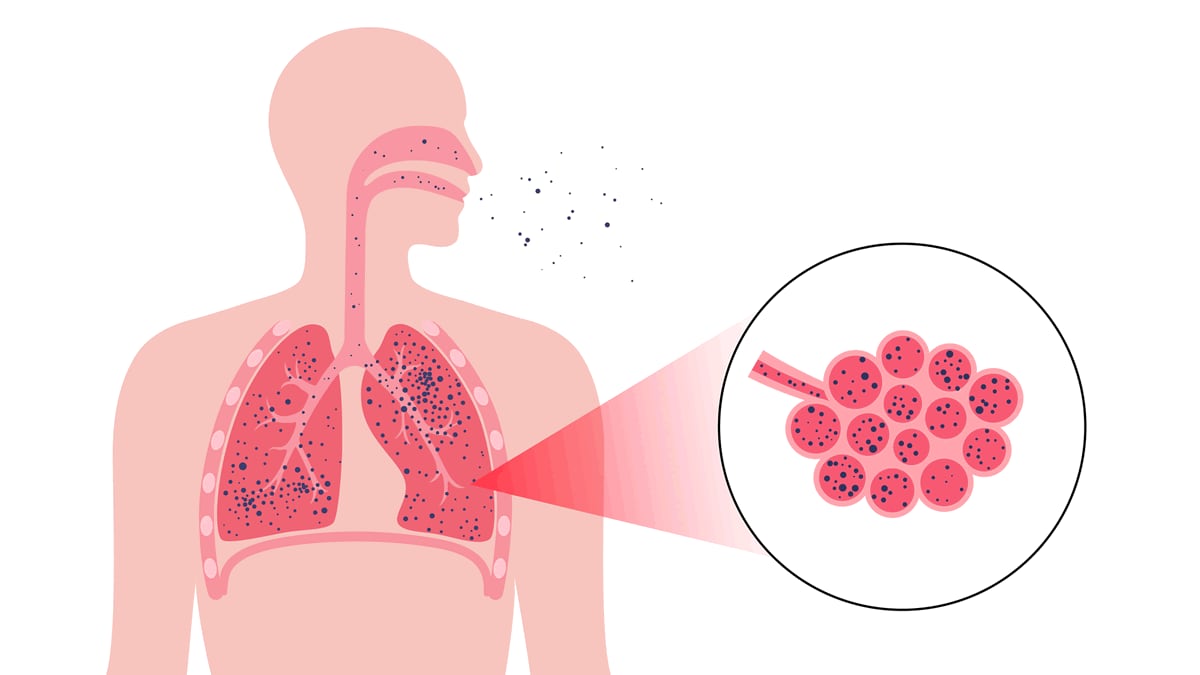At a glance
Silicosis is a lung disease caused by breathing in crystalline silica dust. California Department of Health investigators used electronic case reporting (eCR) to effectively uncover previously undetected cases. Using eCR in identifying disease risks can better inform public health actions.

Full story
Silicosis is a lung disease caused by breathing in crystalline silica dust produced in industries such as construction, quarrying, and coal mining. It is one of over 200 conditions that can be reported to public health agencies through electronic case reporting (eCR).
Researchers at the California Department of Public Health (CDPH) used eCR to identify 41 possible cases of silicosis over a 9-month period. After reviewing medical records, CDPH found that 35 (85%) cases were probable or confirmed. Notably, 78% (32) of the cases for which CDPH received initial case reports were not detected through manual case identification methods, such as direct reporting from providers or hospital data. CDPH also found that at least 37% (7 out of 19) of the confirmed silicosis cases were associated with fabrication of engineered stone countertops. Experts have recently associated fabrication of engineered stone countertops with new clusters of a rapidly deadly form of silicosis that causes symptoms faster than other forms of silicosis.
When workers cut, grind, drill, or polish materials with silica in them, very small particles of crystalline dust get in the air. Breathing in these very small crystalline silica particles can cause irreversible scarring in the lungs, trouble breathing, permanent disability, and death. This report highlights the effectiveness of eCR in uncovering previously undetected cases and to help investigators identify disease risks related to certain occupations and work settings to better inform public health actions.
eCR provides value across health care and public health by increasing the timeliness and completeness of case reports as well as decreasing administrative burden. eCR also aids in identifying trends in disease symptoms and diagnoses associated with certain occupations. Early identification facilitated by eCR can help public health practitioners develop and implement effective prevention strategies.
Read the full report: Notes from the Field: Surveillance of Silicosis Using Electronic Case Reporting — California, December 2022–July 2023 | MMWR (cdc.gov)
